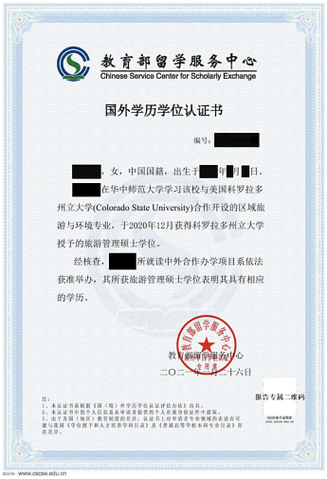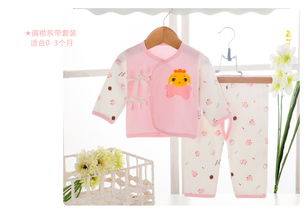母婴logo图标模板
Title: Mastering Color Psychology for Mother and Baby Logos
In the realm of branding, particularly for the maternal and infant sector, the choice of colors is pivotal. Each hue evokes specific emotions and associations, which can profoundly impact how your brand is perceived. Crafting a logo demands a deep understanding of color psychology to resonate with your target audience effectively. Let's delve into the world of color psychology and its application in designing mother and baby logos.
Understanding Color Psychology:

Color psychology explores the influence of colors on human behavior and emotions. Different hues trigger distinct psychological responses, shaping perceptions and attitudes. Here's a breakdown of common colors and their associated meanings:
1.
Pink:
Symbolizing femininity, tenderness, and nurturing, pink is often linked with baby girls. It conveys warmth, compassion, and affection, making it a popular choice for brands targeting mothers and daughters.2.
Blue:
Evoking feelings of calmness, trust, and serenity, blue is a classic choice for baby boys. It signifies reliability, security, and dependability, making it suitable for brands promoting safety and reassurance.3.
Yellow:
Radiating joy, happiness, and optimism, yellow exudes energy and positivity. It stimulates mental activity and creativity, making it an excellent choice for brands focusing on early childhood development and playfulness.4.
Green:
Associated with nature, growth, and harmony, green represents balance and freshness. It conveys a sense of health, vitality, and ecofriendliness, appealing to environmentallyconscious mothers seeking organic or natural products.5.
Purple:
Symbolizing royalty, luxury, and sophistication, purple adds a touch of elegance and mystique. It appeals to mothers looking for premium or exclusive baby products, conveying a sense of indulgence and refinement.6.
Neutral Colors (White, Gray, Beige):
Versatile and timeless, neutral colors evoke simplicity, purity, and sophistication. They provide a clean canvas for branding, allowing other elements to stand out. Neutral tones are often used in conjunction with brighter hues to create balance and contrast.Guidelines for Choosing Mother and Baby Logo Colors:
1.
Know Your Audience:
Understand the demographics, preferences, and values of your target audience. Choose colors that resonate with mothers' aspirations and reflect the nurturing environment they seek for their babies.2.
Create Emotional Connections:
Select colors that evoke the desired emotional response. Whether it's warmth, safety, joy, or sophistication, your logo should elicit positive feelings and forge a strong bond with your audience.3.
Consider Cultural Significance:
Be mindful of cultural connotations associated with colors. Certain hues may carry different meanings across cultures, so ensure your color palette aligns with your target market's cultural norms and traditions.4.
Maintain Brand Consistency:
Establish a cohesive color scheme that aligns with your brand's identity and values. Consistency across branding materials fosters brand recognition and reinforces trust and loyalty among consumers.5.
Test and Iterate:
Conduct market research and gather feedback on different color combinations. A/B testing can help determine which colors resonate best with your audience and drive the desired outcomes.Examples of Effective Mother and Baby Logos:
1.
Johnson's Baby:
With its iconic blue logo, Johnson's Baby conveys trust, reliability, and gentleness, reassuring mothers worldwide of the brand's commitment to infant care.2.
Pampers:
Utilizing soft pastel tones of blue and yellow, Pampers creates a sense of comfort, cleanliness, and joy, appealing to mothers seeking quality diapering solutions for their babies.3.
Mothercare:
Incorporating a combination of pink and green, Mothercare embraces the nurturing aspect of motherhood while emphasizing the brand's ecofriendly and sustainable practices.In conclusion, mastering color psychology is essential for designing impactful mother and baby logos. By strategically selecting colors that resonate with your audience and convey the right emotions and messages, you can create a memorable and compelling brand identity that stands the test of time.
Sources:
Pile, S. (2010). Color Psychology: The Psychological Effects of Colors. [Link](https://www.infoplease.com/psychology/colorpsychologypsychologicaleffectscolors)
Morton, J. (2016). Color Psychology: How Colors Influence the Mind. [Link](https://www.verywellmind.com/colorpsychology2795824)








